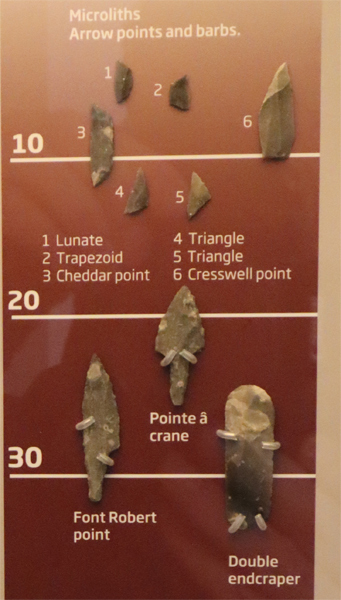Ancient Hominid Fossil Fails to Wow Audience
Museum officials at the Pacific Science Centre are “sleepless in Seattle” as concerns have been expressed over the low attendance at an exhibition that focuses on the origins of our species (the Lucy Exhibit), one of the first times that some of the fossils have been shown outside of Africa.
The Lucy Exhibit
Lucy – the name of the world famous fossil of an Australopithecus afarensis, had been booked by the Seattle based Pacific Science Centre, but it has not attracted the visitor numbers that the museum officials had hoped. With the exhibition due to close on March 8th, only 60,000 have attended to date, the exhibition organisers had hoped to attract 250,000 to this very special showcase of early hominid fossils.
Approximately, 40% of the fossil of Lucy has been found (discovered by Tom Grey and Donald Johanson at Hadar in Ethiopia in 1974). Her official name is A.L. 288, but the fossil, believed to represent a female, was named Lucy as the Beatles song “Lucy in the Sky with Diamonds“, was playing in the field camp as the team celebrated their discovery.
The fossil has been dated to approximately 3.2 million years ago (Pliocene Epoch). Ironically, it is easier to establish the evolutionary relationships between different types of trilobites which died out over 250 million years ago than our own ancestry, with the origins of our own species dating back just a few million years. Fossil remains of extinct hominids are extremely rare and incomplete. With hominid fossils, only teeth, knuckle bones and parts of the skull are usually found. In comparison, trilobites, being animals of a marine environment with a hard exoskeleton are much more likely to be candidates for fossilisation.
Museum Facing a Deficit
According to the Seattle Times, the Pacific Science Centre faces a deficit of approximately $500,000 USD, this could lead to staff redundancies as the centre tries to balance the books.
The Lucy exhibit, part of a tour that commemorates the first time this particular specimen has been put on display outside of Africa, is believed to have cost the Pacific Science Centre approximately $2.25 million USD.
Commenting on the exhibit, the President of the Centre, Bryce Seidl stated:
“It’s a powerful story of evolution and culture and history … but we’re not getting the attendance we need for an exhibit of this scale”.
With an admission charge in excess of $20 USD, the low turnout has been blamed on the difficult economic conditions. At an earlier exhibit, back in 2007 at Houston, Texas over 200,000 people came to see the fossil skeleton and as a result the exhibit was extended by five months to accommodate the demand.
The Exhibit Looks at Hominin Evolution and the Development of Stone Tools
Picture credit: Everything Dinosaur
Donald Johanson, the American anthropologist who along with Tom Grey discovered Lucy and whose lecture “Lucy’s Legacy” on Feb 5 in Seattle is a sell-out, said fascination with the skeleton remains strong.
“As I travel around the country lecturing, people seem to have a deep interest in their origins, in their roots, “ Mr Johanson commented.
We will do our bit to promote this event, although travelling to Seattle is a bit too much even for our dedicated staff, we would encourage anyone in the area to take this opportunity to see Lucy and her fellow exhibits – after all, in a way it is just like going to meet a long lost relative, a 3 million-year-old relative at that.
In the meantime, Everything Dinosaur does stock a range of hominin figures that depict the evolutionary development of the human family. These models can be found here: Wild Safari Prehistoric World Figures.







Leave A Comment